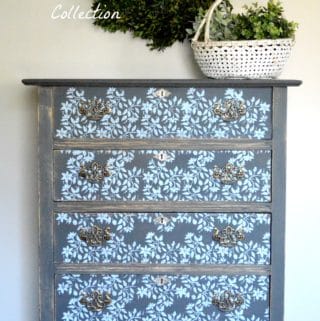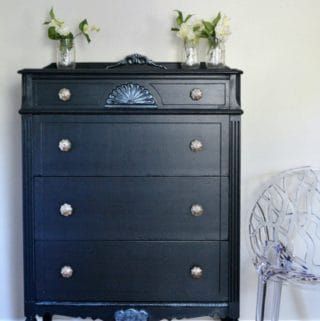Quick Ways To Improve The Lighting In Your Home
Lighting is an essential component of a home. However, it is also a component many homeowners tend to overlook. This often leads to poorly lit rooms and creates a dark and gloomy ambiance in your home. Fortunately, there are numerous ways to improve the appearance and functionality of lights in your home. For example, you can allow for more natural light in your home by getting stained glass supplies online. Here are some more ways to quickly improve lighting in your home.
- Use LED light bulbs instead of incandescent
Replacing your incandescent lights with or investing in LED lights is a great choice. This is because LED lights are energy-efficient, which means they can help you save more. These bulbs stay for a longer period, so there’s no need to worry about them burning out. When purchasing LED lights, you should consider getting those that can be dimmed and color–temperature-adjustable ones. Such lights can drastically alter the appearance of space- creating the ambiance you want, whenever you want it.
- Replace your light bulbs with smart ones
It’s the digital age, so it’s only right to have smart light solutions in your home. As a result, you can obtain greater control over the lighting while saving electricity. Instead of searching for a light switch on the wall as you enter your home, you can pull into the driveway and press a mobile app to turn on a smart bulb.
- Colored LED light bulbs should be used
People have started to perceive colored lighting as more than just a pleasant novelty since the Philips Hue bulb sparked the color craze several years ago. Colored lighting can affect our emotions, improve our health, and enhance the architecture and decor of our houses. Most multi-color LED light bulbs are also smart, allowing you to select hues via a smartphone app.
- Dimmer switches should be installed
According to Lutron, dimming a light by 25% can save you 20% on electricity bills, not to mention that the illumination looks better when it’s a touch softer. To ensure you get the proper dimmer, you’ll need to know the time of bulb and wattage. You’ll also have to decide on the dimmer wall plate’s color and the dimmer’s style (toggle, paddle, knob, or buttons). Some dimmers also include additional functionality, such as automatically dimming the lights to your preferred level.
- Make use of timers
Installing timers on your lights is also a great way to improve lighting in your home. Economically, timers can help you save money as they only turn on at times you set them to. They also act as a form of security measure. Intruders would usually take advantage of homes that appear dark and unoccupied, which is when you aren’t home. Your lights would come on with timers even when you are not around. This, in turn, wades off intruders and keeps your property safe.
- Light sensors should be included
Some switches, such as Lutron’s Maestro, have an ambient light sensor that turns on the light only when the room’s natural light is low. This also ensures energy is not wasted as lights would go off when they are not in use. You can use a manual override button to disable this feature and control the lights as usual.
- Pick a focal point for your lighting
For example, chandeliers, lamps, and sconces should not be the same size. Otherwise, the eye looks for visual clarity but doesn’t find it. A chandelier is an excellent focal point for a large space such as a dining room or family room. Consider placing a unique floor light or vintage-inspired sconces on either side of a piece of wall art in a smaller area.
- Keep scale in mind when you choose light fixtures
Lighting should not overrun a space, but it should also not be overlooked. When picking the ideal light fixtures for your area, scale is important, and following a few rules will help you get the aesthetic you want. Any room’s length plus width in feet should roughly equal the diameter of a chandelier in inches. If you have a 10×10-foot room, your fixture should be around 20 inches in diameter.
- For a well-balanced appearance, layer lighting
When it comes to lighting, layers are crucial. Aim for at least three sources of light in each location, including the powder room or foyer, for the optimum balance. To accommodate fewer square feet in tiny places, reduce the bulb wattage and size of the light fixtures. Don’t forget about the accent layer, which draws attention to the extra elements you’ve included in your rooms.
Please note that some of the links above and below are affiliate links, and at no additional cost to you. All opinions are my own.








